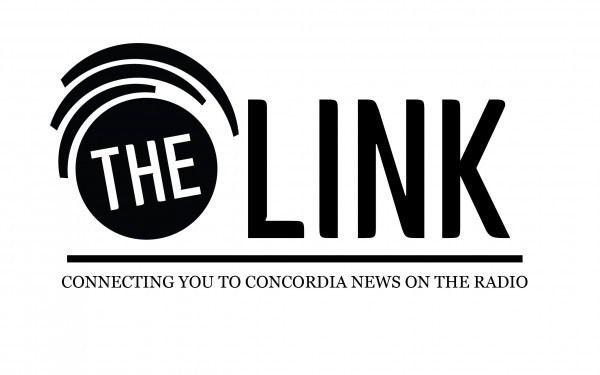Editorial: Spare Some Change?
The Success of the Next-Gen Fundraising Campaign is Good. Ish.
Concordia University is more than halfway in its latest fundraising goal of $250 million, the largest in its history.
With the recent announcement—accompanied by a full-page ad in The Globe and Mail, no less—of Montreal businesspeople Andrew Molson and Lino Saputo, Jr. becoming the campaign’s co-chairs, it’s clear that Concordia is actively pushing for that remaining $112 million. And for good reason.
The launch of this campaign back in 2013 coincided with a broader shift in how Quebec’s institutions of higher education had to fend for themselves. It was the year when the provincial government escalated austerity measures and started slashing millions from higher education, along with healthcare and other services. Because nothing helps restore the economy like an uneducated, unhealthy workforce.
The 2013-2014 academic year was also the last time Concordia had a budget surplus. In the two years following, Concordia lost $36.6 million in funding—roughly 10 per cent of its revenue.
With that in mind, more money coming into the school after losing so much funding is something to celebrate. But it’s hard to cheer unreservedly. Leaning on donations to support the financial stability of Concordia is fundamentally risky. As students, trusting our futures to the clout and charisma of fundraising campaign leaders is less than comforting.
Additionally, this fundraising drive won’t allow the university to move away from relying on public funding, no matter how much it’s been eaten away by government austerity in past years. Concordia’s fundraising goal for the last four years is $250 million—a slim $36 million less than Quebec’s operating grant to Concordia for this year alone. That constitutes 73 per cent of Concordia’s revenue, and while it still seems like a lot, the impact of that 10 per cent loss looms large.
Considering those caveats, the school’s current financial signs are positive. Since the provincial cuts of 2013, the university has progressively worked towards lowering its annual deficit.
This year, Concordia’s projected deficit is almost $6 million less than it was in 2015-2016. Chief Financial Officer Denis Cossette hopes to have the books balanced by 2020, though he said that will depend on projected government funding. This year, that funding is expected to go up by about $3.2 million, or about one per cent of the university’s operating budget. Concordia President Alan Shepard described it as a “very modest increase.”
And while donations are great, they are unreliable. Pledges in the funding campaign come in over periods of years, not all at once. Of the $137.8 million already promised, only $12.8 million has settled in Concordia’s pockets and it can take up to ten years for the rest to arrive. And there is no guarantee that a donor will return next time Concordia comes asking. The university needs public money to survive. Once again, we shouldn’t have to bank on private individual’s generosity for the survival of our school.
Austerity measures have squeezed Concordia between a rock and a hard place, which is why a healthy skepticism of the growing presence of private money in our school’s operation is important. We, as students, must keep our eyes clear about the money that helps our school exist.
More money is better than less money when it comes to running a university. And a one per cent increase in the university’s overall operating revenue isn’t enough to compensate for the damage from four years ago. That’s why this funding drive seems like a good thing, but is also why the sheer scale of the drive is something to watch very, very closely.


_600_832_s.png)


